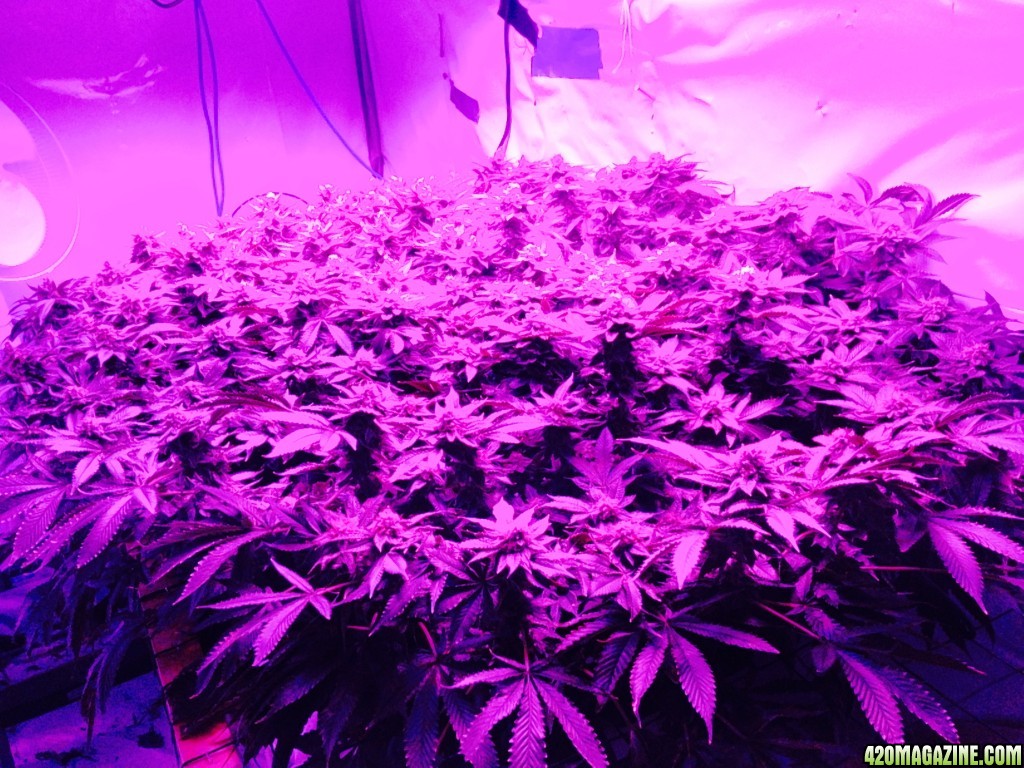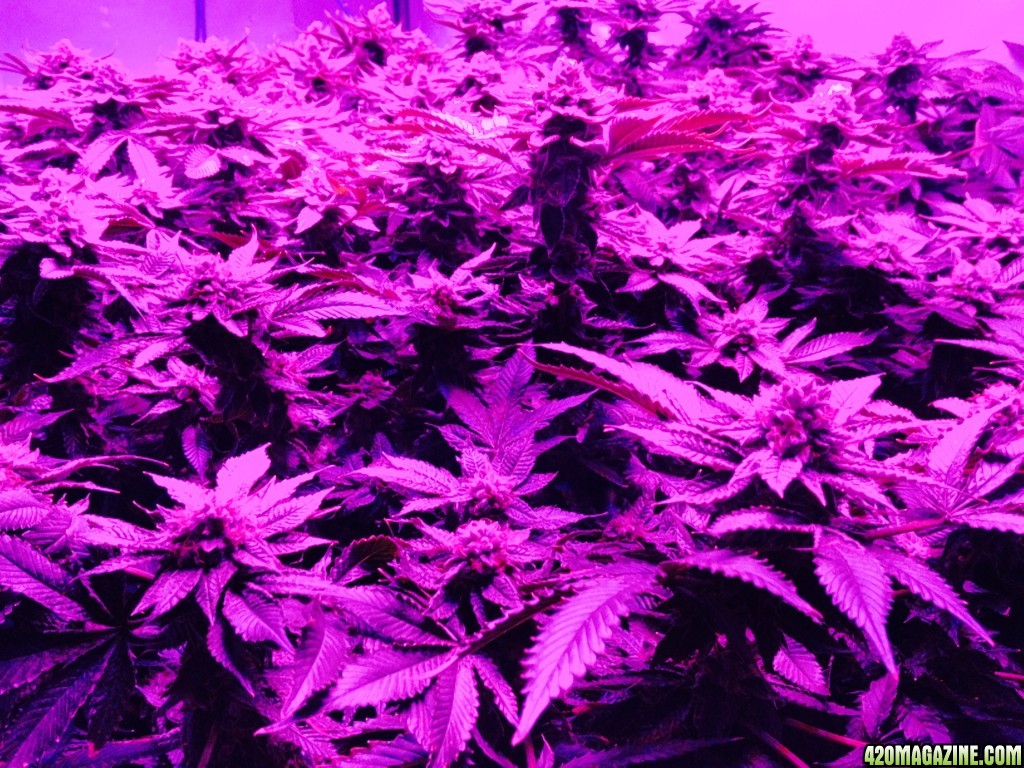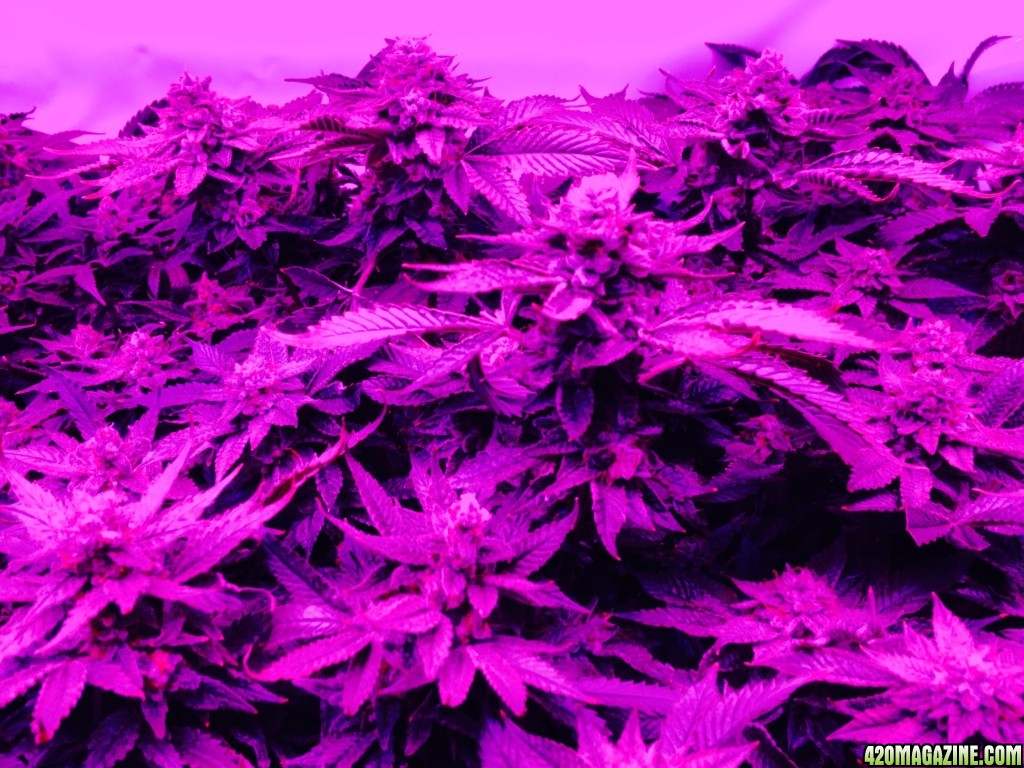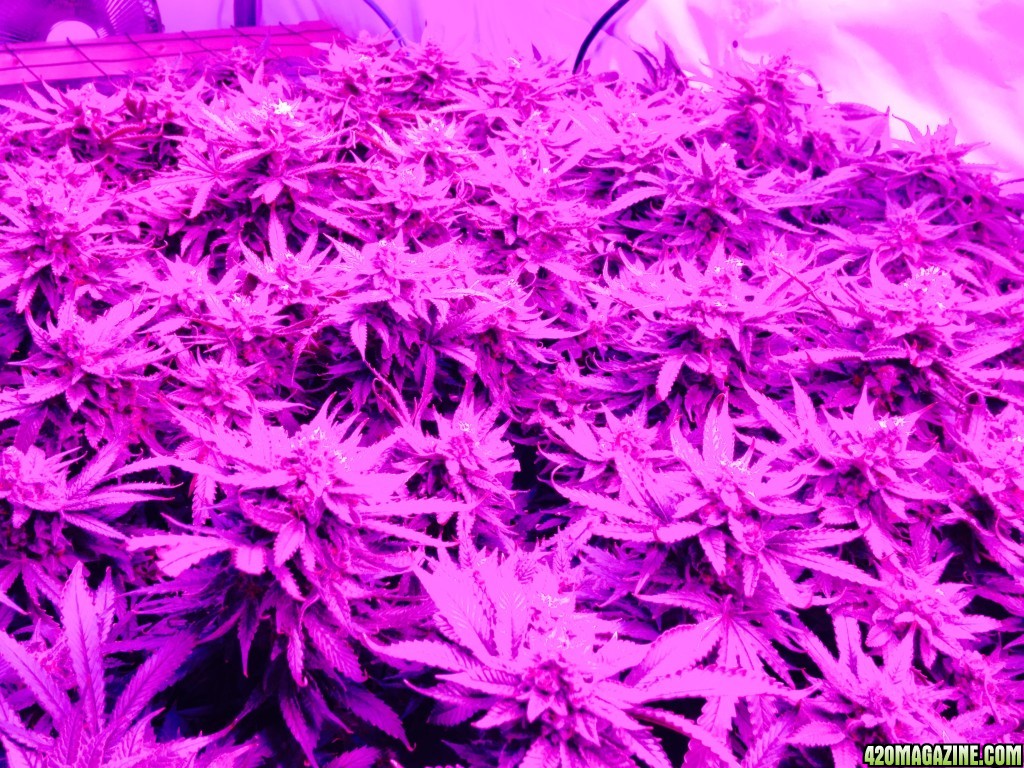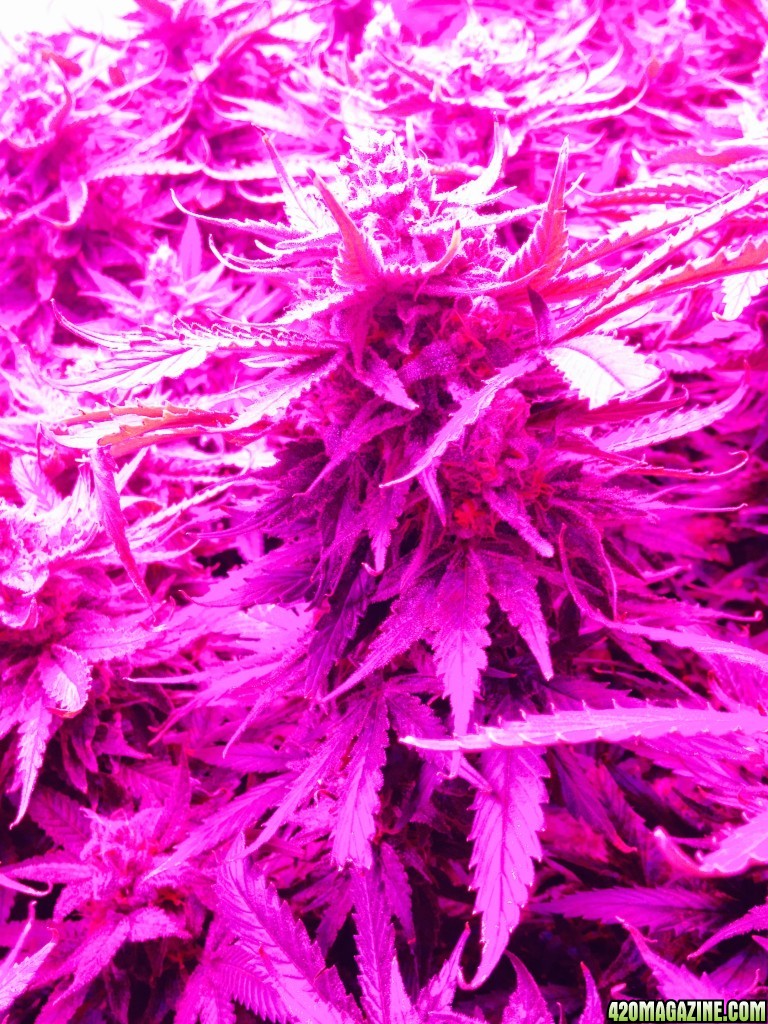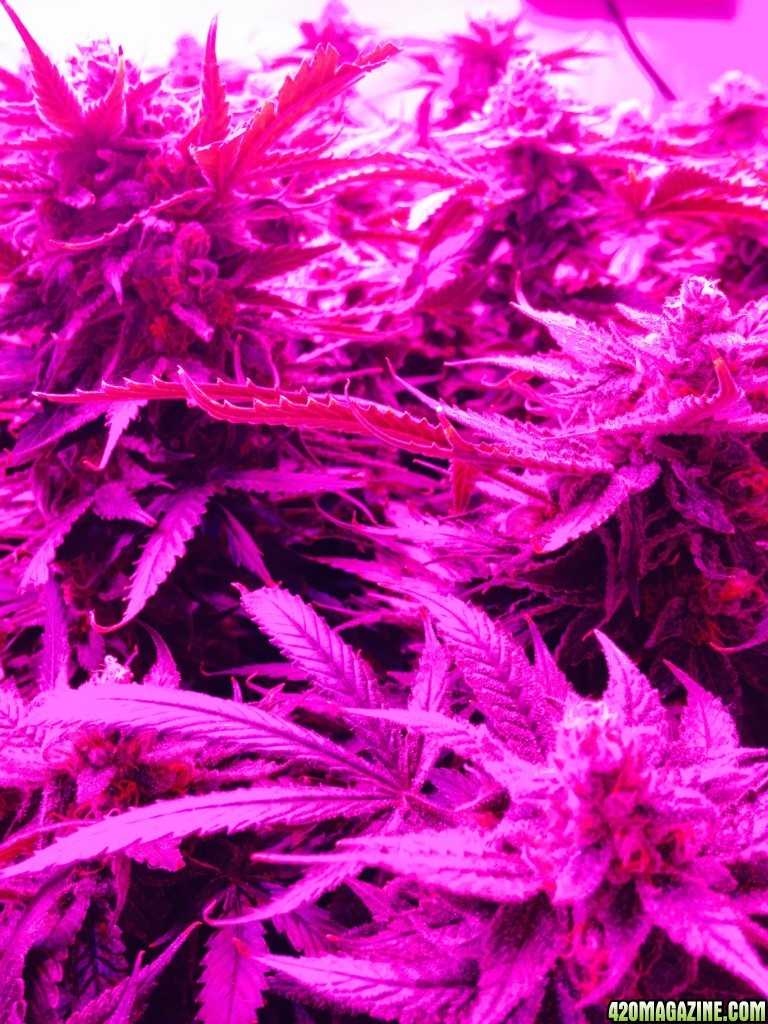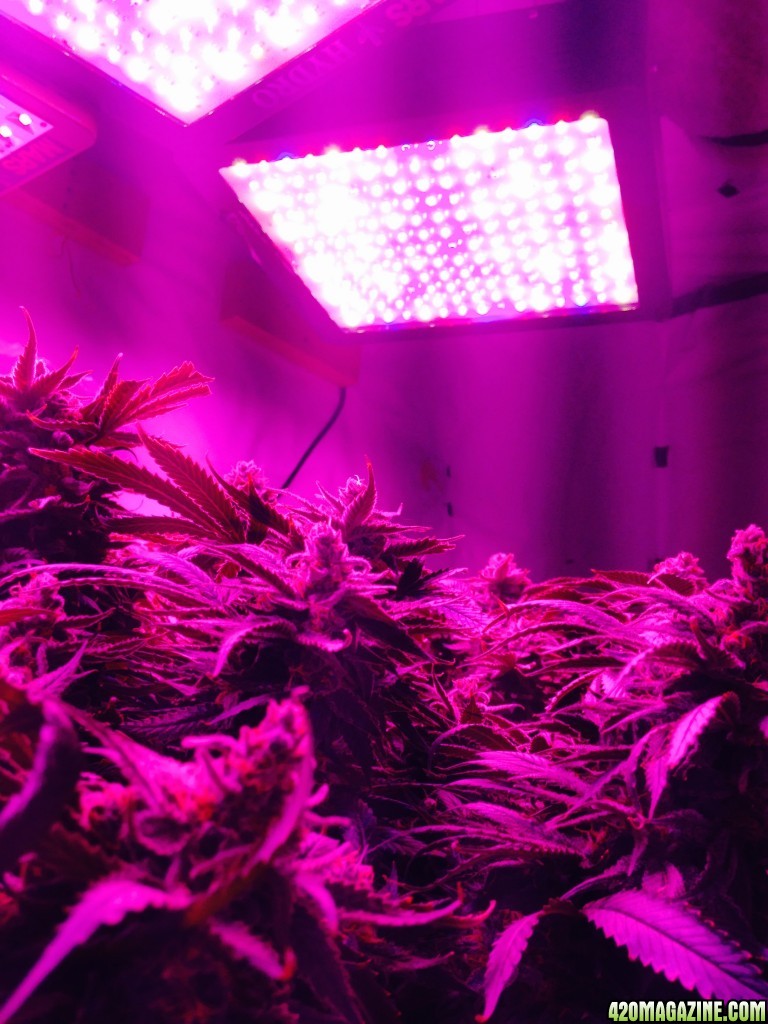- Thread starter
- #25,861
Mars Hydro
420 Sponsor
 Hitucker,you can check our new series,Mars Pro(II) ,with different design,it's with better built-up.
Hitucker,you can check our new series,Mars Pro(II) ,with different design,it's with better built-up.
What people and what high rate of failure are you talking about? Based on...how many pages are we up to? The hand-full of complaints seemed to be satisfied by Mars. And, you ask a manufacturer to give you statistics about their failures leads me to believe you are possibly consuming too much of what your grow or are perhaps the type of individual that is never satisfied.





